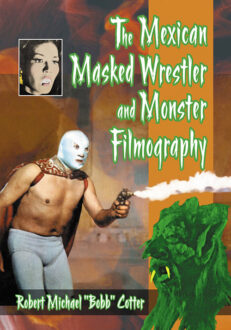Anti-Foreign Imagery in American Pulps and Comic Books, 1920–1960
$29.95
In stock
About the Book
In this thorough history, the author demonstrates, via the popular literature (primarily pulp magazines and comic books) of the 1920s to about 1960, that the stories therein drew their definitions of heroism and villainy from an overarching, nativist fear of outsiders that had existed before World War I but intensified afterwards. These depictions were transferred to America’s “new” enemies, both following U.S. entry into the Second World War and during the early stages of the Cold War. Anti-foreign narratives showed a growing emphasis on ideological, as opposed to racial or ethnic, differences—and early signs of the coming “multiculturalism”—indicating that pure racism was not the sole reason for nativist rhetoric in popular literature. The process of change in America’s nativist sentiments, so virulent after the First World War, are revealed by the popular, inexpensive escapism of the time, pulp magazines and comic books.
About the Author(s)
Bibliographic Details
Nathan Vernon Madison
Format: softcover (6 x 9)
Pages: 236
Bibliographic Info: 70 photos, notes, bibliography, index
Copyright Date: 2013
pISBN: 978-0-7864-7095-2
eISBN: 978-1-4766-0136-6
Imprint: McFarland
Table of Contents
Preface 1
Introduction 13
Chapter I. The Yellow Peril: The American Pulps Between the World Wars, 1919–1935 41
Chapter II. The Hun and the Nipponese Hordes: The American Pulps and Comic Books of World War II, 1935–1945 88
Chapter III. Russian Communists, Red Chinese and Nuclear Annihilation: The American Pulps and Comic Books of the Early Cold War, 1945–1956 146
Conclusion 202
Chapter Notes 211
Bibliography 223
Index 231
Book Reviews & Awards
- “Well researched and thorough…a superb job…valuable”—ComixCorner
- “Examines nativist imagery of Japanese and German citizens in comic books during World War II, and of people from China, North Korea, and Communist Russia during the Cold War”—Reference & Research Book News






